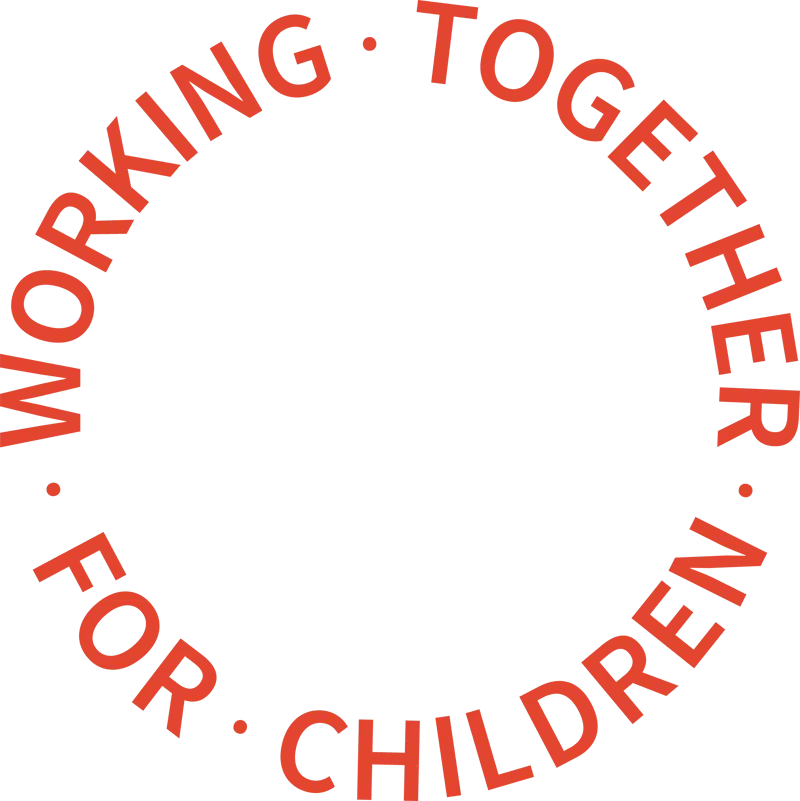Current estimates of the prevalence of Adverse Childhood Experiences are imprecise and good data on the prevalence of childhood adversity and wider risk factors is lacking, according to a report.
The Early Intervention Foundation’s report on Adverse Childhood Experiences (ACE) found that although childhood adversities and vulnerabilities are prevalent, it is not clear how prevalent. For example, people are not always able to accurately recall whether they have experienced adversities, such as abuse, in childhood.
“Good data on the prevalence of childhood adversity and wider risk factors is lacking,” said the report. “More accurate estimates are essential for understanding the scale of childhood adversity, in order to plan services and to ensure that effective interventions are available for the children and families who most need them.”
More than 80% of the 399,500 children who were identified as being in need in England last year had experienced at least one ACE. This means that at least 2.5% of all children living in England are experiencing some form of maltreatment or family dysfunction at any given point in time. This figure reflects only the tip of the iceberg as the majority of child maltreatment cases go unreported.
The 10 original ACEs are:
• physical abuse
• sexual abuse
• psychological abuse
• physical neglect
• psychological neglect
• witnessing domestic abuse
• having a close family member who misused drugs or alcohol
• having a close family member with mental health problems
• having a close family member who served time in prison
• parental separation or divorce on account of relationship breakdown.
However, a focus on the original 10 ACEs to the exclusion of other factors risks missing people who also need help, said the report. Many other negative circumstances in childhood are also associated with poor adult outcomes including economic disadvantage, discrimination, peer victimisation, low birth weight and child disability. Studies show that low family income may be a stronger predictor of poor physical health outcomes than many of the original ACE categories.
While ACEs occur across society, they are far more prevalent among those who are poor, isolated or living in deprived circumstances. These social inequalities not only increase the likelihood of ACEs, but also amplify their negative impact. This means that structural inequalities must be addressed for ACE-related policies, services and interventions to have any meaningful effect, the report said.
The evidence raises serious concerns about the ethics of some ACE screening practices. As screening including routine enquiry is increasingly being used to identify children with symptoms of trauma, as a result of current or recent adversity.
However, there have been few evaluations which have rigorously considered whether ACE screening is an effective method for identifying vulnerable children and making treatment decisions.
It is unclear whether ACE screening activities could inadvertently re-traumatise children or cause other forms of harm and serious concerns have been raised about whether some ACE screening practices are ethical in the absence of referral to effective treatments. Screening tools are unlikely to be any kind of substitute for empathetic conversations by skilled and supervised practitioners, the report adds.
Trauma-informed care has the potential to improve the quality of practice, yet what constitutes trauma-informed care is not well defined and current practice and varies across different settings.
The EIF states that national and local policies have a critical role to play in addressing wider social and economic conditions that can increase the likelihood of children being exposed to early adversity, including a focus on factors such as poverty.
An appropriate response to preventing childhood adversity requires a system-wide focus on the negative impact of childhood adversity, with workforce practice, services, commissioning and leadership all aligned in a commitment to identifying and meeting the needs of the most vulnerable families. This should include:
• Effective leadership, which ensures that services are well configured and connected to meet the needs of the local population.
• Strong professional workforces, who are equipped to meet the needs of children and families struggling with adversity.
• Strong services, which includes the use of interventions with good evidence of improving outcomes for children.
The EIF has identified 33 interventions representing 10 intervention models with robust evidence of preventing ACEs, reducing the health-harming behaviours associated with ACEs, or reducing ACE-related trauma.
Finally, the report calls for significant investment to be placed into research on childhood adversity. This would include addressing the evidence gaps identified in this report and the rigorous evaluation of a comprehensive public health response to tackling adversity, the report concludes.
Adverse childhood experiences
What we know, what we don’t know, and what should happen next

